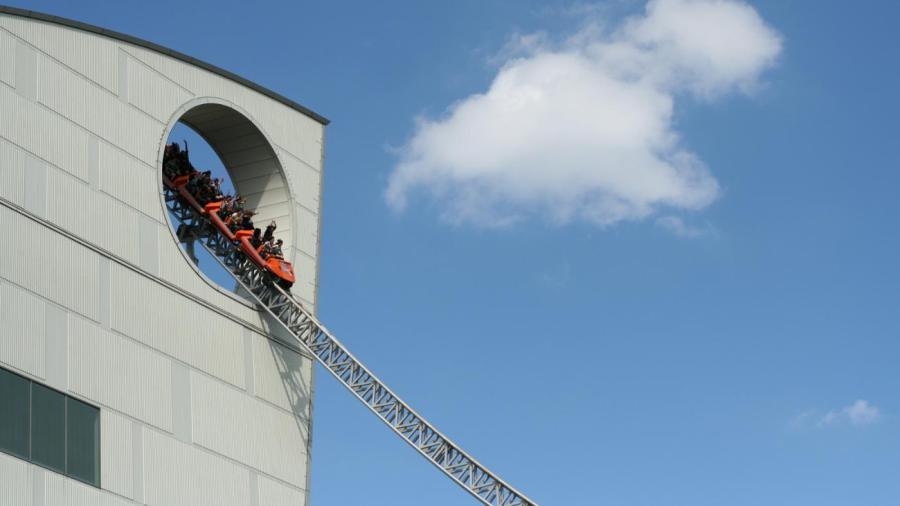How Does Increasing the Height of a Ramp Affect the Speed of an Object?

Increasing the height of a ramp increases the inclination of the ramp, which in turn increases the speed at which an object goes down the ramp. This is assuming that all other factors pertaining to the ramp and the object remain the same, such as the inclination (or lack thereof) of the surface that the ramp is on, the material of the ramp and the material of the object.
As the height of the ramp increases, the height of the object placed at the top of this ramp does too. An increase in height of an object from a surface in the presence of a gravitational field corresponds to an increase in the potential energy of the object. When the object is left to roll or skid down the higher, more inclined ramp to the surface, this higher potential energy can be converted into correspondingly higher kinetic energy.
Because kinetic energy is calculated from the mass of an object and its speed, the higher the ramp, the faster an object rolling or skidding down the ramp will be, assuming the mass of the object remains the same. Not all of the potential energy is converted into kinetic energy though, as some of this energy is lost as heat from the friction between the ramp and the object as the object goes down the ramp.





